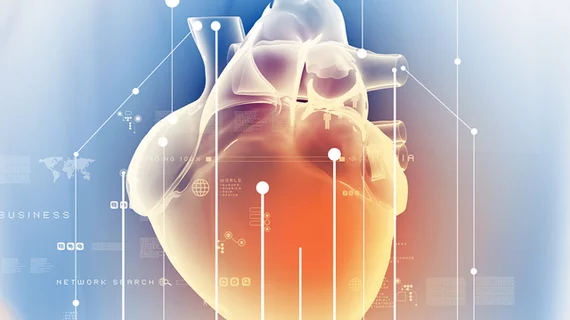How one hospital is using sonic waves to treat arterial calcification
Kettering General Hospital in Northamptonshire, England, is now one of the few heart centers in the world using Shockwave Medical’s intravascular lithotripsy (IVL) system to treat calcified arteries, the hospital announced after its first successful procedure on Nov. 16.
Consultant interventional cardiologist Prashanth Raju performed Kettering’s first Shockwave IVL—an operation that uses a balloon emitting a small electrical discharge to clear calcium deposits in patients’ vessels. Sonic pressure waves, generated by the minor electrical output, can crack the hard calcium, allowing physicians to better prepare lesions and place stents more easily.
Raju’s team estimated their procedure might have been the first in the East Midlands region, since only a handful of hospitals in the U.S. and U.K. have the ability to perform Shockwave IVL. In most clinics around the world, calcified arteries are still cleared using a drill, which is a high-risk approach with a laundry list of potential complications, including perforation.
“This is a very exciting new procedure that will offer a safer alternative approach in treating calcified heart arteries,” Raju said in a release. “Overall, the procedure is safer, shorter and benefits patients by reducing symptoms such as breathlessness and improving their quality of life.”
Assisted by Abdelmunam Tumy, the cardiology registrar at Kettering, Raju performed the hospital’s first Shockwave IVL on 85-year-old Jack Hadley, a heart attack survivor whose cardiac problems began with a severely calcified artery. Eight days after his MI, Hadley was reportedly recovering in the hospital’s Cardiac Centre following the procedure.
“Tests had showed that dad had one artery that was blocked and another almost blocked,” Laurence, Hadley’s son, said in the release. “On November 8 he had a heart attack and was rushed to hospital. This new procedure was discussed with us and we decided to try it.
“It has worked amazingly well and quickly cleared the artery. I couldn’t fault the care that my dad has received and we want to thank the team involved.”

